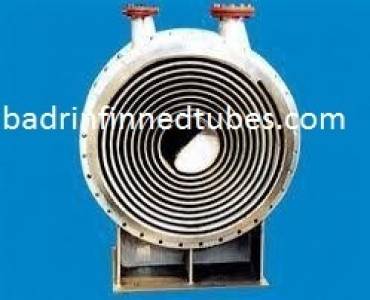
Spiral heat exchangers offer a unique and highly effective approach to heat transfer, surpassing traditional shell and tube exchangers in many applications. Their compact design, high efficiency, and ability to handle a wide range of fluids make them ideal for diverse industries.
Key Features & Benefits:
Applications:
Spiral heat exchangers find applications in a vast array of industries, including:
Design Considerations:
When selecting a spiral heat exchanger, several factors should be considered:
Conclusion:
Spiral heat exchangers offer a compelling alternative to traditional heat transfer technologies. Their unique design provides superior efficiency, compactness, and ease of maintenance, making them a cost-effective and versatile solution for a wide range of applications. Contact us today to discuss your specific needs and explore how a spiral heat exchanger can optimize your process.